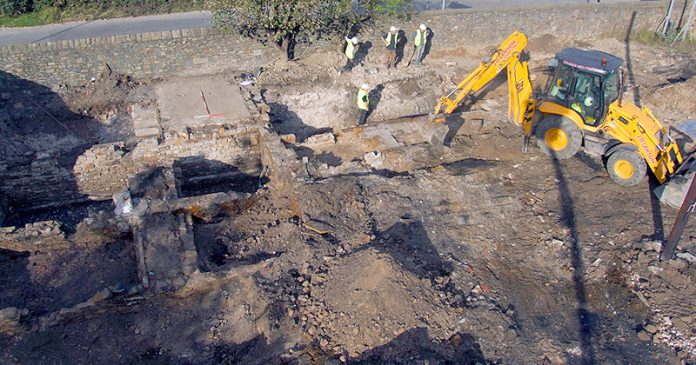Why land risk assessments can be a real cost and time saver
writes Helen Martin-Bacon, Regional Director, Wardell Armstrong Archaeology
In my profession I have dealt with a number of clients who have come to archaeology/heritage late in the planning process and have as a consequence found themselves in an unexpectedly difficult position.
Why should this be? Well for a number of reasons….
Heritage assets such as listed buildings may be present within the development site and if not within the site near to it in which case the setting of the listed building will be impacted upon by the development. When this situation arises it can have implications for the design of the scheme, because these issues will be picked upon by LPA’s and English Heritage.
They will have requirements regarding minimising or eliminating adverse impacts on both the building and its setting, particularly when Grade I and Grade II listed buildings are concerned.
Scheduled Monuments (SMs) which are also statutorily protected are another unwelcome presence within or next to a proposed development site. With this in mind it is worth remembering that there are a lot of SMs in the UK often in places you would never expect them to be.
Minimising the risk of a chance discovery
Unknown buried archaeological remains probably pose the greatest risk to development simply by virtue of the fact that they are invisible and indiscriminate – often appearing in places any amount of predictive analysis would never expect. There are however, ways of assessing the likelihood is of there being buried archaeological remains within a proposed development site – or within land that is to be purchased – at an early stage in the process.
Even a rapid search of existing archaeological records will flag up the presence of listed buildings or scheduled monuments and give a very good indication of whether there is a risk to development from the presence of buried archaeological remains.
The effectiveness of monitoring SI works
A particularly effective method of judging the presence of buried archaeological remains is for an archaeologist to monitor SI works on site. As SI is done at relatively early stage then piggy backing archaeological works on these investigations can pay dividends in confirming the presence (or absence) of archaeological remains within a proposed development and this of course can save a developer substantial amounts of time and money at a later stage.
The resulting Land Risk Assessment
Combining both of the above methods to produce a Land Risk Assessment is a way for developers to manage any risks (and benefits) arising from archaeology and heritage and this in turn can help inform on land acquisition deals and on the design of masterplans.
Source:


